Retro Replay Review
Gameplay
Panzer General: Allied Assault marries turn-based boardgame strategy with collectible card mechanics, creating a unique blend that rewards both tactical foresight and resource management. On a 5×6 hex‐style grid, each tile carries strategic value—rivers penalize your attack by –3, while mountains boost your defense by +3. Controlling these tiles isn’t just about denying terrain advantages to your opponent; each square also yields prestige points at the end of every round, fueling your war effort.
(HEY YOU!! We hope you enjoy! We try not to run ads. So basically, this is a very expensive hobby running this site. Please consider joining us for updates, forums, and more. Network w/ us to make some cash or friends while retro gaming, and you can win some free retro games for posting. Okay, carry on 👍)
Prestige points are the game’s currency, spent to draw additional cards and deploy fresh units such as tanks or infantry. With a deck capped at ten cards, every draw and played card demands consideration. You might hold onto that Free Attack Action to bypass movement restrictions or unleash an airstrike card to neutralize enemy artillery. This push‐and‐pull of conserving prestige versus pressing your advantage keeps each decision tense, especially as the board state shifts with unit placements and tile captures.
Combat unfolds over multiple phases, reinforcing that measured pace. A dug‐in defender gets the first blow, before both sides calculate attack and defense values influenced by terrain, fortifications, and nearby support. Players then engage in a tactical mini‐duel with combat cards—salvos, artillery barrages, and engineering feats—to sway the outcome. A final dice roll introduces a dash of unpredictability, ensuring that no two skirmishes feel identical. Should a unit survive the initial exchange, roles reverse, and a second round of combat resolves the engagement, often leading to dramatic turnarounds or hard‐fought standoffs.
Graphics
Graphically, Panzer General: Allied Assault opts for a clean, functional presentation that emphasizes clarity over flash. The 5×6 grid is laid out in crisp, colorful tiles that immediately convey terrain type and strategic importance. Units are represented by well‐drawn icons—tanks, infantry squads, artillery pieces—that remain distinct even in the thick of a hectic battle.
While there aren’t cinematic cutscenes or 3D models, the user interface is polished and intuitive. Hovering over a tile displays modifiers, prestige yields, and unit stats, reducing the need to hunt through menus. Combat animations are minimalist: a quick flash signals an artillery strike or an air raid, keeping the pace brisk without sacrificing immersion.
The card art deserves special mention. Each card showcases era‐appropriate illustrations—weathered maps, sepia‐toned photos of armored divisions, and stylized action shots—that evoke the gritty atmosphere of World War II without overwhelming the strategic focus. In multiplayer matches, a subtle glow highlights your played cards, keeping both sides informed and engaged.
Story
The single‐player campaign spans twelve core missions plus three bonus operations, each rooted in pivotal Allied offensives. From beach landings to armored thrusts across open plains, the scenarios guide you through the ebb and flow of late‐war tactics. Unlocking bonus missions often requires beating tight round limits, adding a layer of challenge for completionists.
Although there’s no fully voiced narrative or character‐driven subplots, mission briefings are rich with historical context. Briefing texts outline objectives, terrain particulars, and expected enemy dispositions, effectively placing you in the shoes of an Allied commander. Successfully meeting these goals not only advances the storyline but also unlocks new cards for multiplayer skirmishes.
Achievements further extend the narrative feel by rewarding aggressive flanking maneuvers, perfect defenses, or efficient prestige management. Each unlocked card feels like the spoils of war, offering tangible proof of your battlefield prowess. While the story isn’t epic in scope, the historical vignettes and mission variety do enough to ground each engagement in the broader Allied campaign.
Overall Experience
Panzer General: Allied Assault stands out for its seamless fusion of boardgame tactics and card‐based resource play. The learning curve is welcoming—tutorial missions break down prestige mechanics, movement rules, and combat phases—yet the strategic depth keeps veterans coming back. Every match feels like a miniature campaign, where tile control, deck composition, and timing all matter.
Replayability is a strong suit. The integrated deck builder allows you to customize German or American forces, tweaking unit mixes and special actions to suit your style. Multiplayer matches ramp up the tension, as human opponents exploit every terrain bonus and combat card nuance. Even the AI provides a respectable challenge, adapting its strategies based on your play patterns.
For strategy enthusiasts seeking a tight, cerebral wargame without bloated presentation, Panzer General: Allied Assault delivers. It may not boast AAA‐level graphics or a sprawling narrative, but its well‐balanced mechanics, historical flavor, and engaging card combat make it a worthy addition to any wargaming library. Potential buyers who relish thoughtful planning, tactical duels, and deck‐building will find plenty to love in this modern homage to the Panzer General legacy.
 Retro Replay Retro Replay gaming reviews, news, emulation, geek stuff and more!
Retro Replay Retro Replay gaming reviews, news, emulation, geek stuff and more!
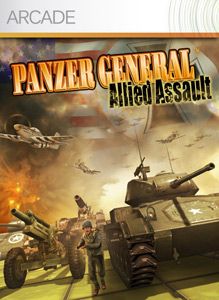
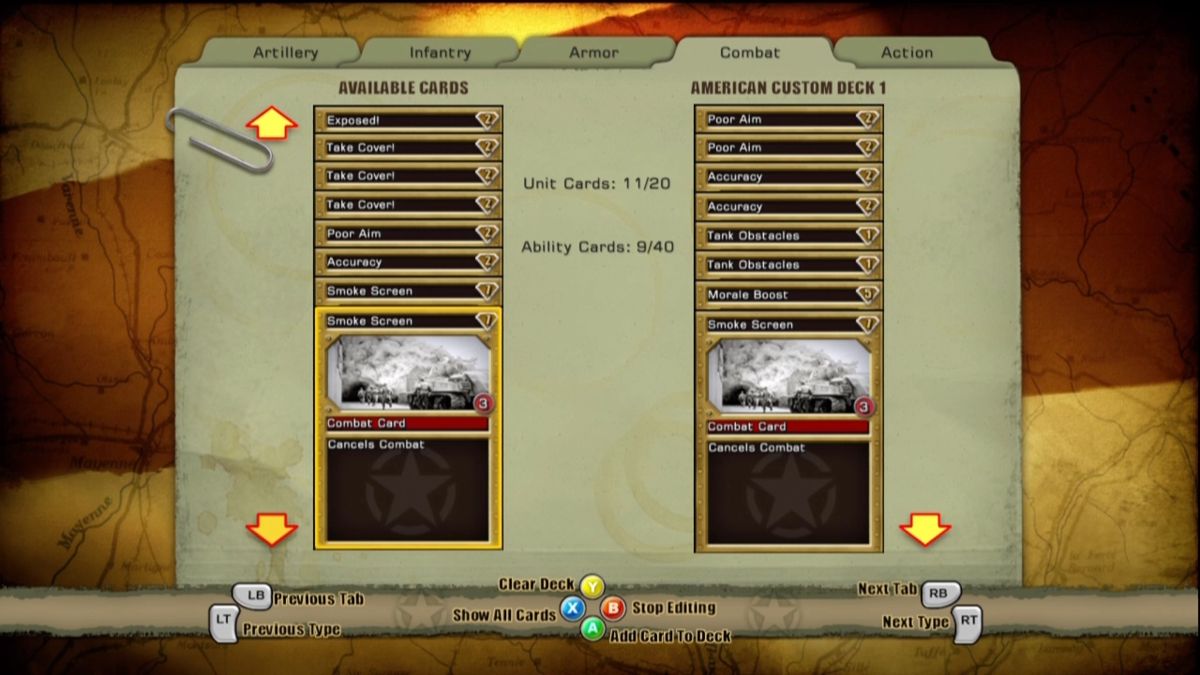
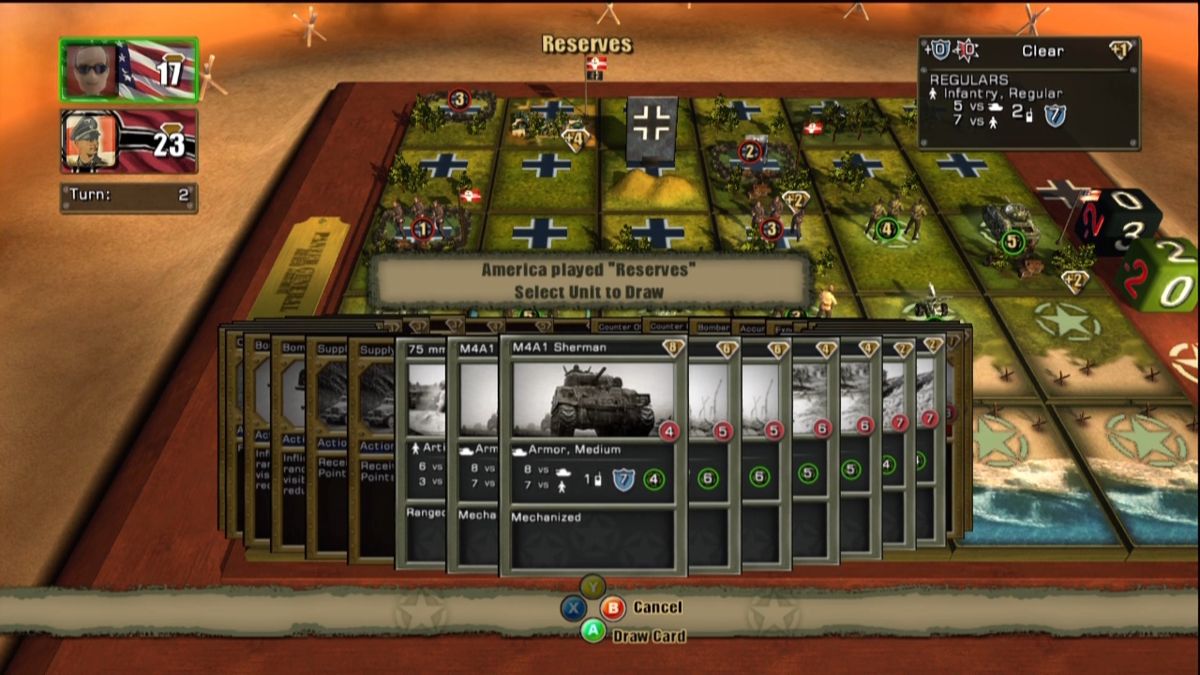
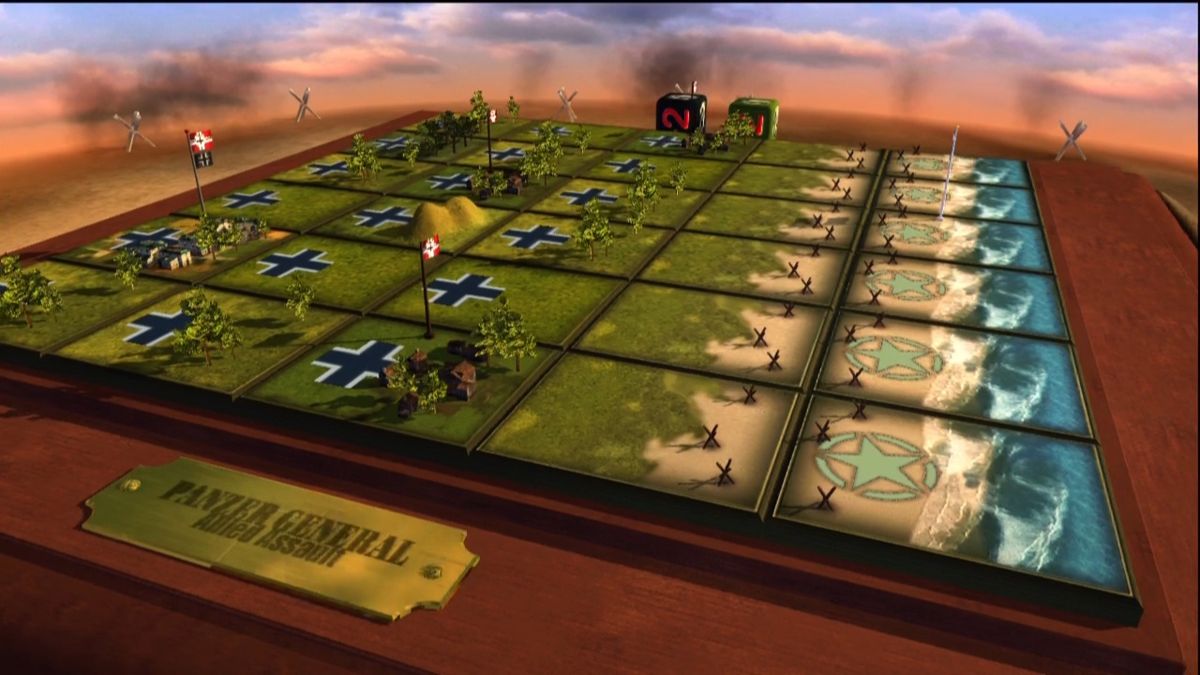
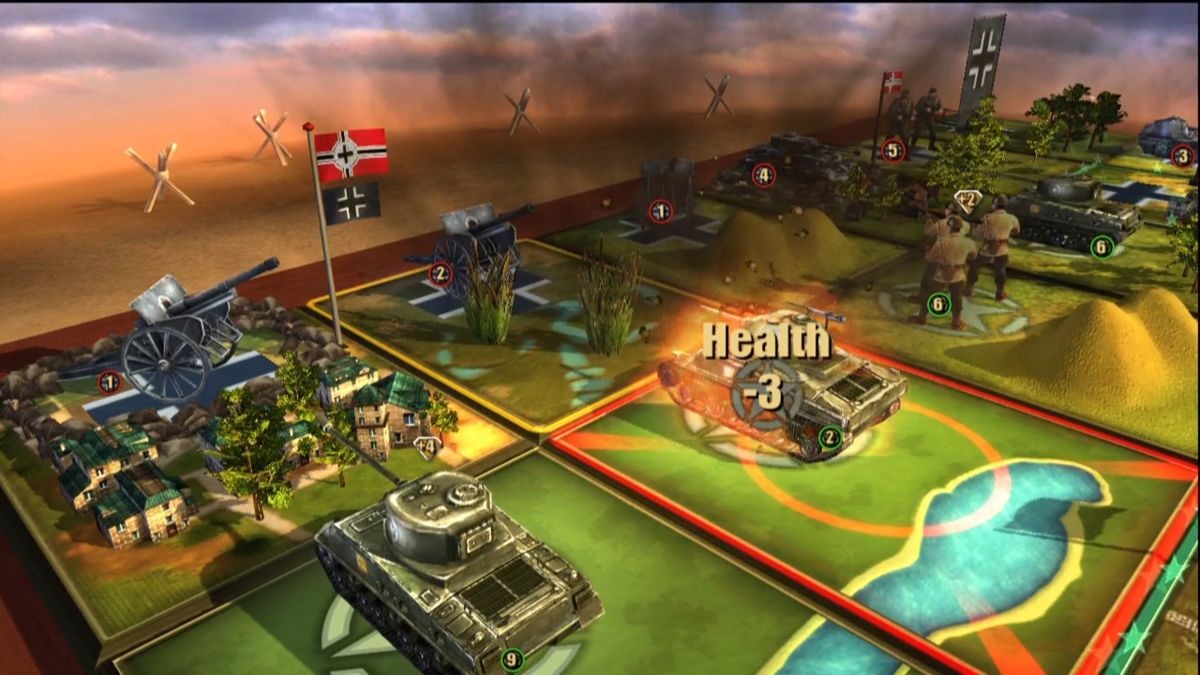
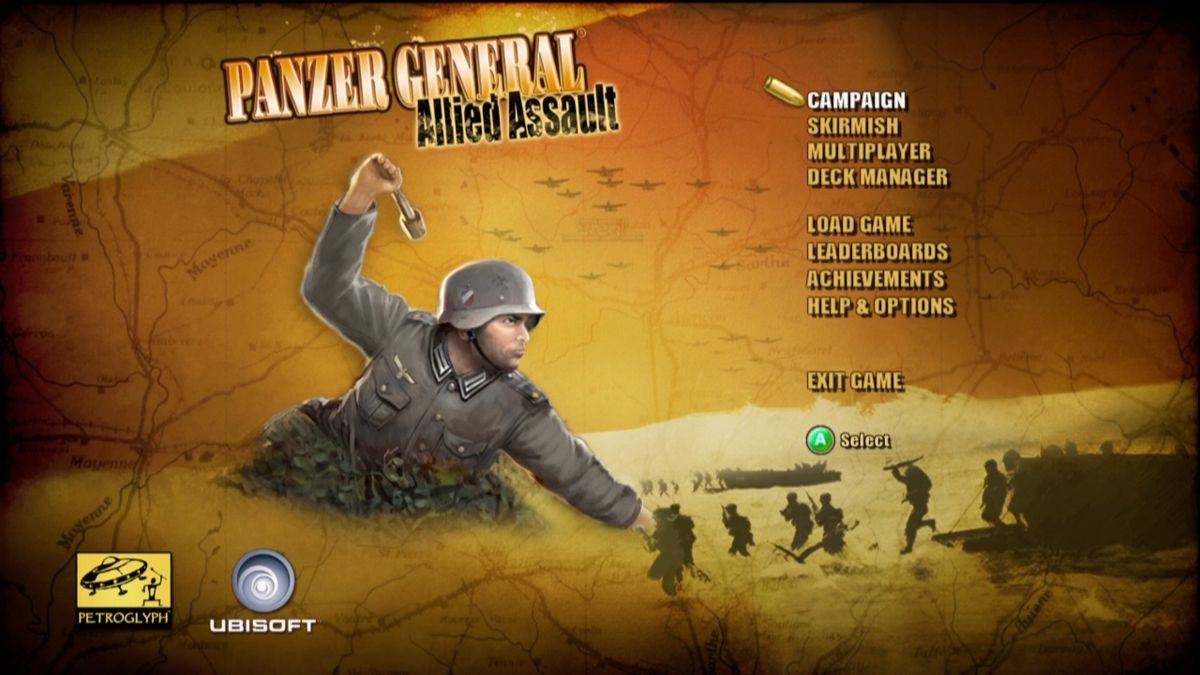
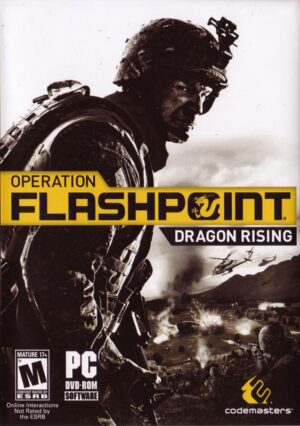
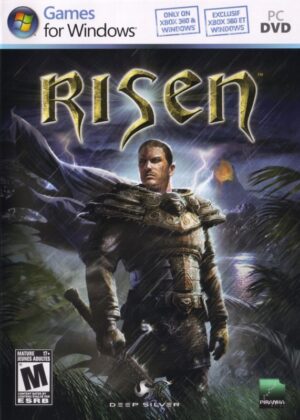
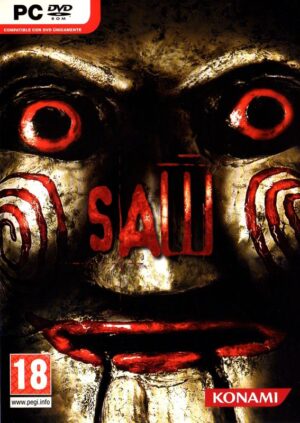
Reviews
There are no reviews yet.